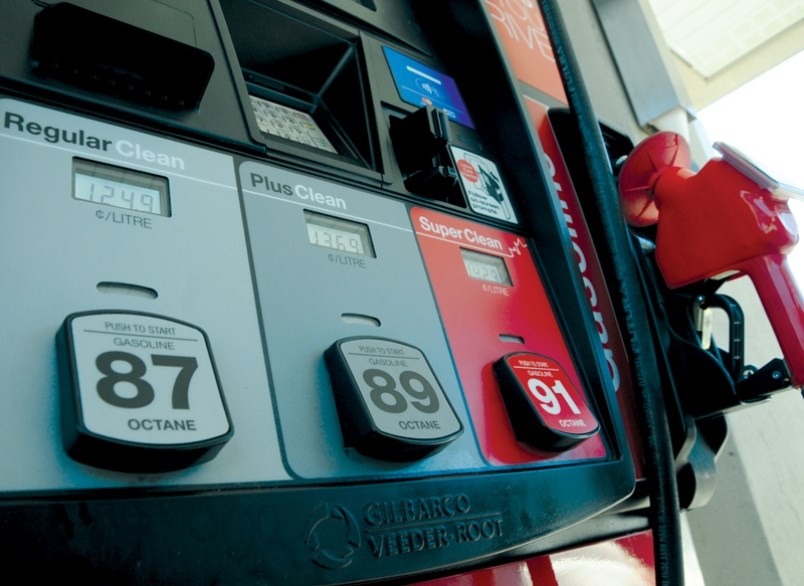With gas prices hitting a record high in Metro Vancouver and experts predicting things will only get worse, it’s time for drivers to think about ways to save some fuel, and some money.
Some options that will help ween you off the pump include walking, taking transit, riding a bike, or just staying home and watching hockey. While those are all viable options, for many people driving is an unavoidable reality. So what to do then?
The good news is that even if you drive, you can do it more efficiently, using less gas and ultimately cutting down on the number of times you need to hit those high-priced pumps. And using less fuel is also kinder on the environment – the less you burn, the less carbon dioxide gets released into the atmosphere.
To help you get moving more efficiently, Natural Resources Canada has compiled a list of five driving techniques that can help you reduce your fuel consumption and carbon dioxide emissions by up to 25 per cent.
1. Accelerate gently
The harder you accelerate the more fuel you consume. In the city, you can conserve fuel by easing onto the accelerator pedal gently and gradually. To maximize your fuel efficiency, take five seconds to accelerate your vehicle up to 20 kilometres per hour from a stop.
Just imagine that there’s an egg under your pedal and an open cup of coffee on your dashboard. Be careful not to break the shell or spill the drink! If you’re driving a gasoline fuelled vehicle with a manual transmission, use a moderate throttle position and shift between 2,000 and 2,500 revolutions per minute.
2. Maintain a steady speed
Be consistent. Unintentional dips in speed and sudden bursts of acceleration to keep pace take a toll on your tank – and your wallet. In fact, tests have shown that varying your speed up and down between 75 and 85 kilometres per hour every 18 seconds can increase your fuel use by 20 per cent.
Consider using cruise control for highway driving. Be mindful, however, that little variations in speed can actually be good when gravity does the work. Where traffic patterns permit, allow your speed to drop when you travel uphill, then regain your momentum as you roll downhill.
3. Anticipate Traffic
Plan your manoeuvres well in advance to maintain your vehicle’s momentum. Read the road ahead, anticipate road disruptions, monitor the movements of pedestrians and other vehicles, and keep a comfortable distance between your vehicle and the one in front of you. These driving techniques will enable you to keep your speed as steady as possible and avoid unnecessary fuel consumption and safety risks.
Safety always comes first. Slow down in construction zones and when the weather is bad, and stop fully at stop signs and red lights. You’re on a journey to save money and the environment; make sure you live to enjoy the adventure.
4. Avoid high speeds
Heed the speed limit and save! Most cars, vans, SUVs and pick-up trucks operate most fuel efficiently when travelling between 50 and 80 km/h. Above this optimal speed zone, vehicles consume increasingly more fuel the faster they go.
At 120 km/h, a vehicle uses about 20 per cent more fuel than at 100 km/h. For example, if it takes $10 worth of fuel to drive a certain distance at 100 km/h, it would cost approximately $12 to travel that same distance at 120 km/h. That is like throwing a toonie out the window every 100 km.
5. Coast to decelerate
As a driver, you often need to apply your brakes to bring your vehicle to a complete stop. However, by anticipating traffic slowdowns as early as possible, you can decrease your speed, conserve fuel and save money by simply taking your foot off the accelerator.
Today, most vehicles are equipped with fuel-injection systems that automatically shut off the flow of fuel to the engine when the accelerator is fully released. In this mode, the decelerating vehicle can be thought of as coasting and using no fuel. When the engine speed drops to idle, the injection system restarts the flow of fuel to ensure that the engine doesn’t stall.
Coasting to decelerate also reduces wear and tear on your tires and brakes, which in turn reduces your maintenance, repair, and servicing costs.



